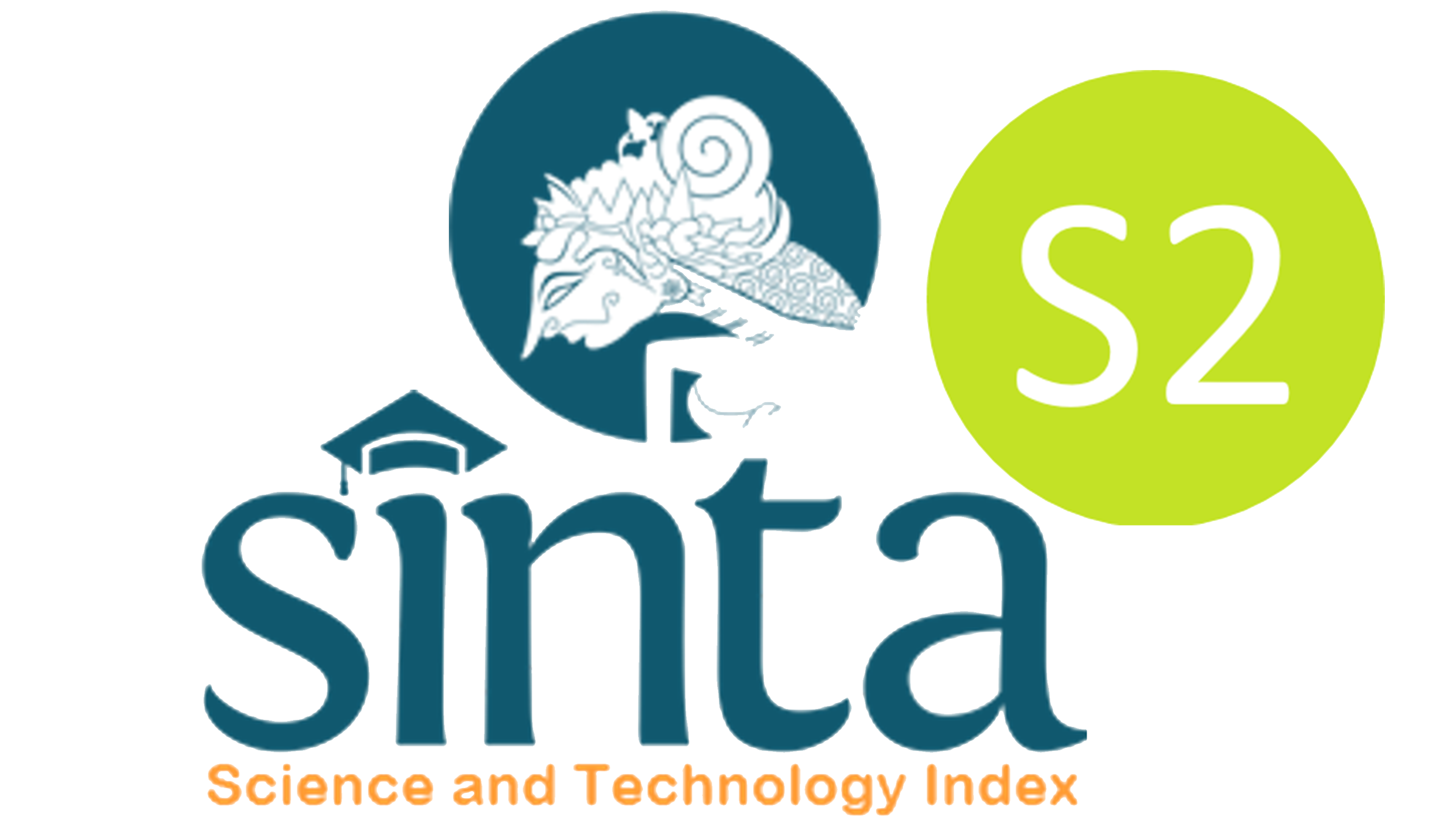SEISMIC HAZARD ANALYSIS OF THE BANDUNG TRIGA 2000 REACTOR SITE
DOI: http://dx.doi.org/10.17146/jstni.2004.5.2.2148
Abstract
SEISMIC HAZARD ANALYSIS OF THE BANDUNG TRIGA 2000 REACTOR SITE. A seismic hazard analysis of the West Java region is carried out to estimate the peak ground acceleration at the Bandung TRIGA 2000 nuclear reactor site. Both the probabilistic and deterministic approaches are employed to better capture the uncertainties considering the enclosing fault systems. Comprehensive analysis is performed based on the newly revised catalog of seismic data, the most recent results of the construction of seismogenic structures, and on the up dated information on the geology and the seismicity of the region. Source parameters such as b-value, slip rate and maximum magnitude are reassessed for each seismic source. As none attenuation equation is available for the region, those developed some where else are used in the study, i.e., Abrahamson & Silva (1997); Boore, Joyner & FumaI (1998); Boore & Atkinson (1997); Campbell & Bozorgnia (2003); Sadigh (1997); Spudigh (1997) and Young (1997). They are properly selected by considering the fault and subduction systems in question and are incorporated in the logic tree models derived herein based on the total probability theorem. The objective is to generate a horizontal three dimensional uniform risk spectral acceleration as dependent on the period as well as the return period for rock that is characterized by its average shear wave velocity of Vs = 1.050 m/s. A particular value of 0.172g is obtained as the peak ground acceleration for the site with its return period of 500 years.
Keywords
Full Text:
PDF (Bahasa Indonesia)Refbacks
- There are currently no refbacks.
Copyright (c) 2005 Rizkita Parithusta, Sindur P, Mangkoesoebroto ,

This work is licensed under a Creative Commons Attribution-NonCommercial-ShareAlike 4.0 International License.
JSTNI index in:





 .
.





